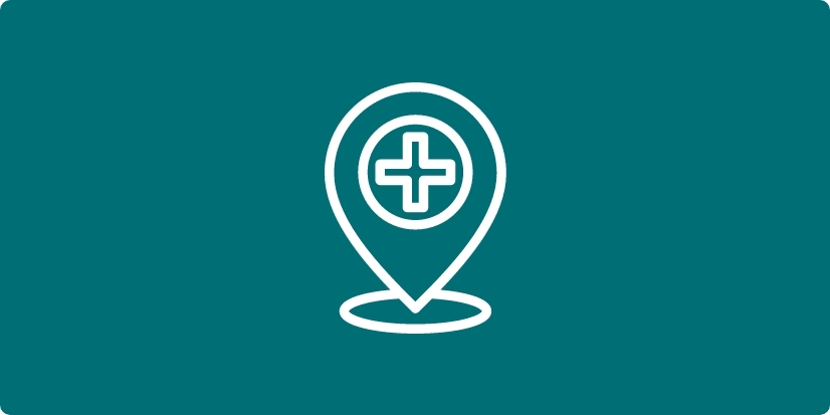Brain & Spine Care
Help with neurological disorders—right here at East Jefferson General Hospital
We understand how scary and difficult facing a neurological disorder can be. You deserve caring partners to help guide and support you and your loved ones.
At East Jefferson General Hospital's Brain and Spine Care in Metairie, LA, we bring together the most innovative treatment options and advanced research on common neurological diseases, including head trauma. And, most importantly, we offer our East Jefferson community hope, close to home. That’s what we do best, and it’s why we’re here for you.
Brain conditions we treat
Our neurologists specialize in treating disorders of the brain and nervous system, including the spinal cord, nerves, and muscles. They also partner with a trained team of specialists, so you and your family get the treatment plan and support that’s right for you.
The accessibility of our neurologists and neurosurgeons makes our Neurology Center one of the most sought after and reliable hospitals in the region for head trauma. We also treat these neurological conditions:
- Concussions
- Epilepsy disorder and epileptic seizure
- Headaches and migraines
- Confusion and memory loss, including dementia treatment and Alzheimer's treatment
- Muscle movement disorders, such as Parkinson’s disease, normal pressure hydrocephalus, essential tremor, and dystonia
- Multiple sclerosis
- Muscle and nerve diseases, such as neuropathy and myasthenia gravis
- All sleep disorders (Sleep Lab), such as chronic sleep apnea, restless leg syndrome, and clinical insomnia
- Stroke
Ready to schedule with a neurologist? Give us a call at 504.885.7337.



